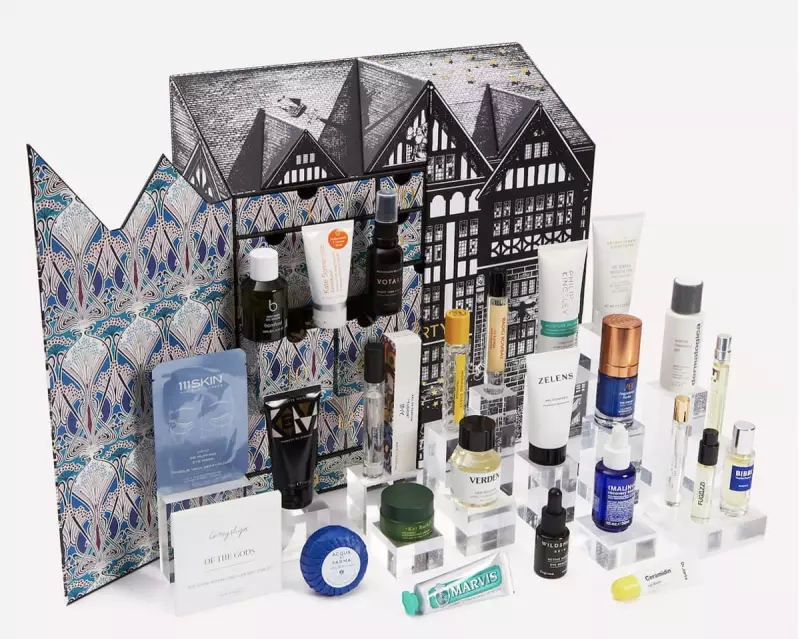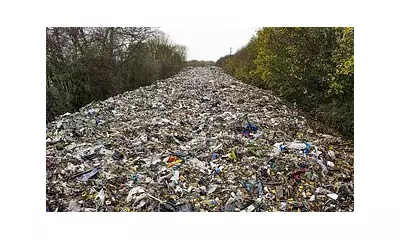
Environmental organisations are sounding the alarm over the booming trend of adult Advent calendars, labelling them as 'superfluous consumerism' that exacerbates Britain's waste crisis through excessive packaging and unwanted products.
The Packaging Problem
What began as simple cardboard calendars with festive images for children has transformed into a luxury market featuring everything from high-end beauty products to surprising items like instant mashed potato. This shift has raised significant environmental concerns about the packaging required for 24 individually wrapped products and the likelihood of many items going unused.
Anna Diski, a plastics campaigner at Greenpeace UK, expressed serious concerns: "Advent calendars like these probably contain two or three items you actually want, and 20 or so more you could do without. You don't want that single-use plastic lingering in your bathroom cabinet, let alone in the natural environment."
Market Growth and Consumer Habits
Recent research from Ipsos reveals that seven in 10 Britons purchase Advent calendars, with the market expanding far beyond traditional chocolate versions. While chocolate calendars remain the most popular at 84%, beauty calendars are gaining significant traction at 15%, alongside toy calendars (14%) and non-chocolate food versions (10%).
The demand for these products begins remarkably early, with Ipsos Synthesio's consumer intelligence platform noting that online discussions about Advent calendars start as early as September, driven by retailer promotions and influencer unboxing videos.
Daniel Webb, founder and director of the charity Everyday Plastic, criticised this extended shopping season: "Encouraging people to shop for Christmas in the autumn was a decision made by marketing departments, purely designed to drive overconsumption, not celebration."
Expert Advice for Consumers
Beauty expert and journalist Sali Hughes offers practical advice for those considering luxury Advent calendars: "Ask yourself whether you would want at least five of the advent items if sold at full price. If the answer is yes, then the whole calendar is probably worth the spend. If it's no, then it's a lot of money for the sake of novelty."
She suggests visualising the products without their attractive packaging to determine whether you're paying primarily for temporary excitement that will end up in recycling after Christmas.
Industry Response and Future Changes
Samantha Dover, insights director of beauty at market analyst Mintel, acknowledges the trend's staying power but notes changing dynamics: "The high cost of many Advent calendars, even if they promise significant savings compared to buying individual products, means they are out of reach for many consumers."
However, she observes that perceived savings still make them appealing, with many consumers self-gifting or sharing calendars with others to split costs and reduce waste.
Dr Christopher Carrick, founder of bio-plastics manufacturer Lingin Industries, predicts that government legislation will force changes: "The extended producer responsibility which charges companies based on the amount of unsustainable packaging they put into the world is putting pressure on companies producing Advent calendars to reduce the amount of packaging."
This year, brands face increased responsibility for waste management costs associated with their packaging, likely driving design and material changes in future Advent calendar productions.





